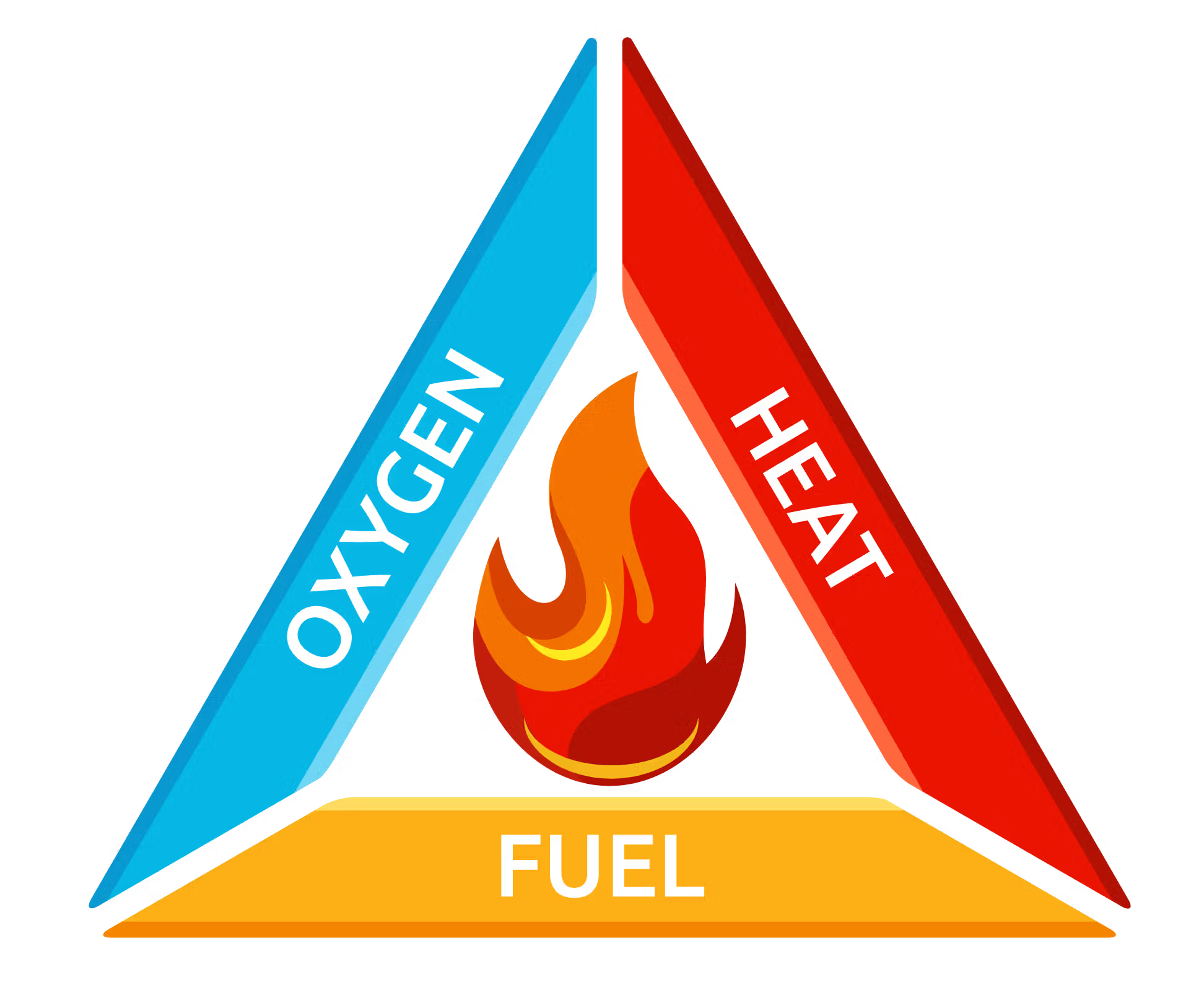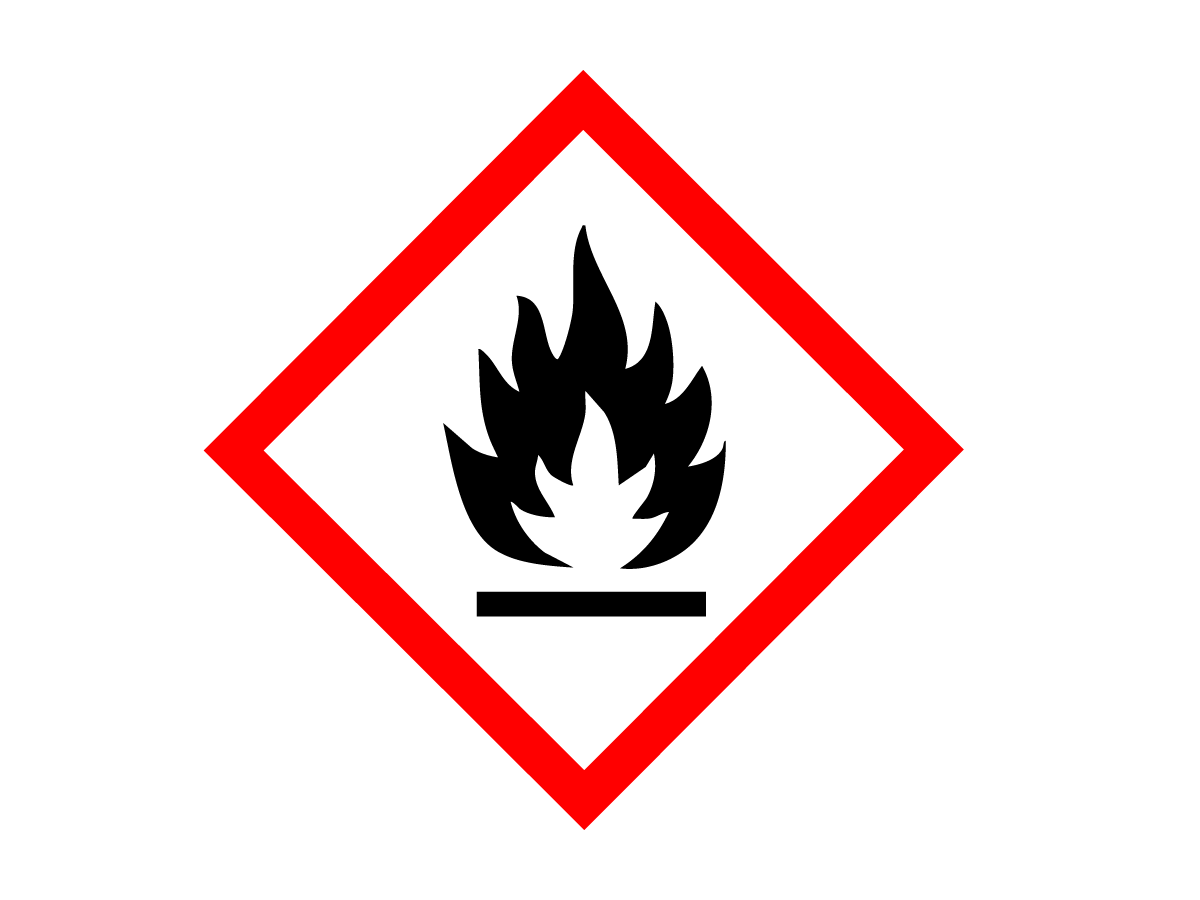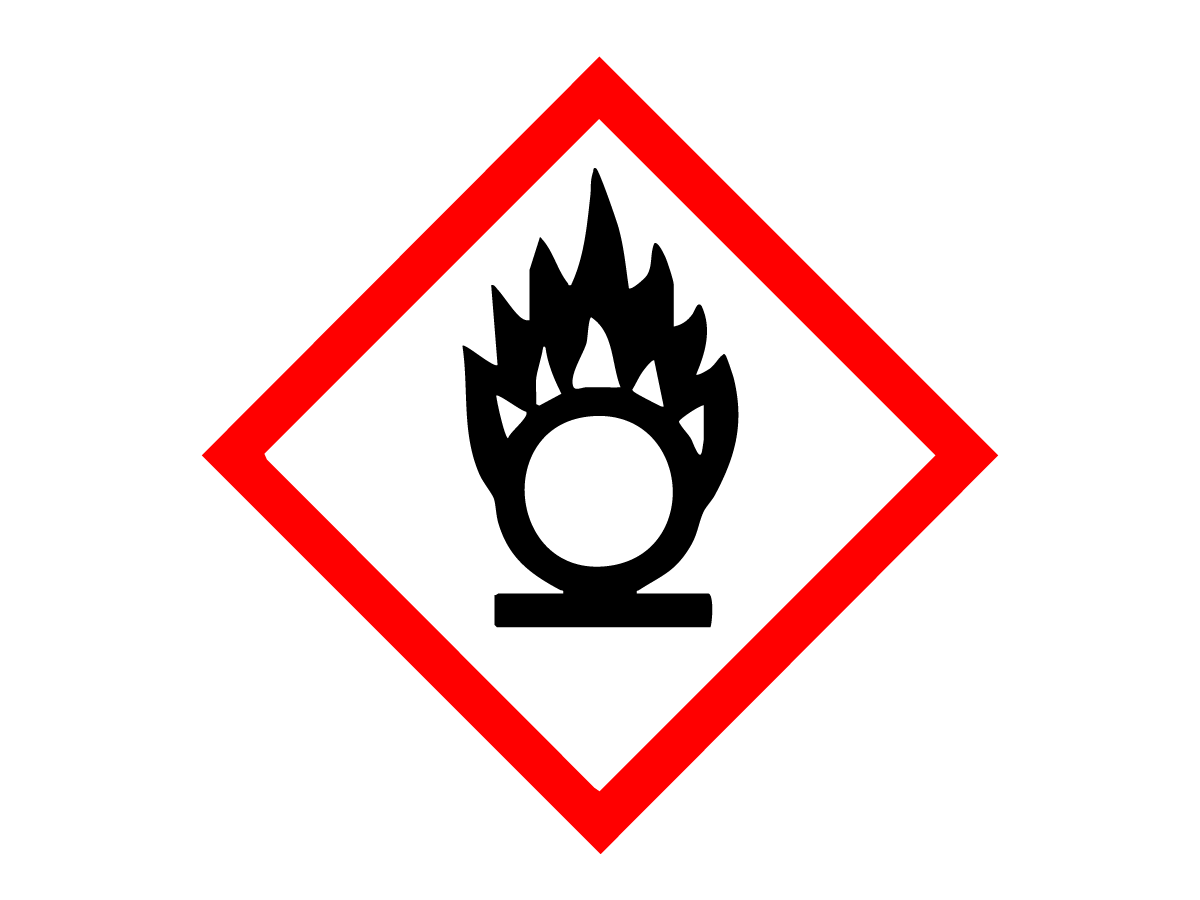
Introduction
Industrial plants face significant fire and explosion risks, making compliance with safety codes essential. Regulatory bodies such as OSHA, the National Electrical Code (NEC), and the Canadian Electrical Code (CEC) define hazardous locations as areas where flammable gases, vapors, combustible dust, or ignitable fibers are present in sufficient quantities to pose an explosion risk. Specialized electrical equipment and installation techniques are required in these environments to prevent ignition sources.
Hazardous locations are common in industries such as chemical processing, petrochemicals, mining, and bio-gas utilization, where flammable substances like methane and coal dust cannot be entirely eliminated. Explosion-protected equipment, including electrical instrumentation, control devices, push buttons, and pilot lights, ensures safe operation. Beyond traditional applications in oil and gas, explosion-protected technology is increasingly used in sectors such as waste management and landfill operations.
Understanding hazardous location classifications and risks is critical for selecting, installing, and operating electrical equipment safely, ensuring compliance and workplace safety.
Understanding Explosions and Prevention
An explosion is a sudden reaction involving rapid physical or chemical decay, leading to a sharp increase in temperature and pressure. Three fundamental elements must be present for an explosion to occur:
- Flammable Substance: Sufficient gas, vapor, liquid, or dust must be available to form an ignitable mixture.
- Oxidizer: Oxygen from atmospheric air must be present in the right proportion to sustain combustion.
- Ignition Source: A heat source, spark, or other energy input must trigger the reaction.
These three elements form the “Ignition Triangle.” Removing any one of them prevents an explosion.

Flammable Substances and Their Risks
Flammable substances fall into three main categories:
- Flammable Gases: Hydrogen and hydrocarbons ignite easily in oxygen.
- Flammable Liquids/Vapors: Hydrocarbons like ether, acetone, and lighter fluids evaporate at room temperature, forming explosive atmospheres. The flash point (the lowest temperature at which a liquid produces ignitable vapors) determines hazard levels.
- Flammable Solids: Dust, fibers, and flyings accumulate over time, increasing dust explosion risks. A small initial explosion can dislodge more dust, triggering larger secondary explosions.
Each flammable gas or vapor has upper and lower flammability limits, defining the concentration range in which ignition can occur. Outside these limits, mixtures are too lean or too rich to sustain combustion.

The Role of the Oxidizer
The primary oxidizer in hazardous environments is oxygen from the air. Explosion severity depends on the oxygen-to-fuel ratio. Special containment measures are required in oxygen-enriched environments, as traditional explosion protection may be insufficient.

Ignition Sources and Prevention
The energy required for ignition depends on the concentration, explosive properties, and volume of the hazardous material. Common sources include:
- Open flames, lightning, and electrical sparks.
- Hot surfaces from electrical components exceeding the Auto-Ignition Temperature (AIT).
- Sparks from friction, impact, or electrical arcs.
- Chemical reactions or biological processes leading to spontaneous combustion.
Explosion-proof electrical equipment is designed to mitigate these risks through controlled design, rigorous testing, and certification.
Common Locations for Explosions
Industries handling flammable gases, liquids, and solids face higher explosion risks, including:
- Chemical plants, refineries, and paint shops.
- Mills, flour silos, and cleaning facilities.
- Tanks and loading stations for flammable materials.
Understanding these risks enables industries to implement necessary prevention measures and ensure compliance with safety regulations.
Controlling Explosions in Hazardous Environments
Absolute safety from explosions is not achievable, but risks can be minimized by eliminating one of the three elements of the ignition triangle. Since oxygen and flammable materials are often unavoidable, explosion prevention primarily focuses on eliminating ignition sources to prevent uncontrolled explosions.
Key methods for explosion control include:
- Locating Electrical Equipment Outside Hazardous Areas: Whenever possible, electrical apparatus should be installed outside classified hazardous zones.
- Protective Installation Techniques & Enclosures: When relocation is impractical, specialized enclosures isolate electrical components from explosive atmospheres.
- Eliminating Ignition Sources: Explosion-proof or intrinsically safe equipment ensures potential ignition sources are controlled or eliminated.
Understanding Class/Division Systems
In North America, explosion protection primarily follows the Class/Division system. Proper classification and equipment selection are essential for ensuring safety and compliance.
Area Classification in Hazardous Locations
Facilities assess hazardous material presence and likelihood to select appropriate electrical equipment and installation practices. The Class, Division, and Group System, defined by NFPA 70, NEC, and CEC standards, categorizes hazardous conditions.
- Class Definition:
- Class I: Flammable gases and vapors.
- Class II: Combustible dust.
- Class III: Ignitable fibers or flyings.
This paper focuses primarily on Class I locations, where flammable gases or vapors are present.
- Division Definition:
- Division 1: Hazardous substances exist under normal operating conditions or due to frequent maintenance or equipment failure.
- Division 2: Hazardous substances are typically contained within closed systems but may escape due to accidental rupture or breakdown.
Division 1 areas require more stringent installation and conduit requirements than Division 2.
- Group Definition:
- Group A: Acetylene.
- Group B: Hydrogen, Butadiene, Ethylene Oxide, Propylene Oxide (highly explosive gases).
- Group C: Ethylene, Cyclopropane, Ethyl Ether.
- Group D: Propane, Acetone, Ammonia, Gasoline, Methanol, Natural Gas (common flammable gases).
These classifications ensure proper selection of electrical equipment to prevent explosions. A thorough site assessment by local inspection authorities is necessary to determine the specific Class, Division, and Group designation for a location.
Summary
Ensuring safety in hazardous locations requires a comprehensive understanding of explosion risks, proper equipment selection, and strict adherence to classification standards. By recognizing the ignition triangle and implementing explosion prevention methods such as intrinsically safe designs, explosion-proof enclosures, and pressurization techniques, industries can significantly reduce the likelihood of ignition. The NEC/CEC classification system provides a structured framework for selecting certified electrical equipment in hazardous environments.
Proper equipment marking and labeling ensure compliance with regulatory standards, enabling industries to mitigate risks effectively. By integrating engineering controls, specialized equipment, and preventive measures, facilities can enhance operational safety, protect personnel and assets, and maintain compliance with hazardous location regulations.
----------------------------------------
Descargo de responsabilidad:
El contenido proporcionado en este documento técnico está destinado únicamente a fines de brindar información general y se proporciona en el entendimiento de que los autores y editores no se dedican a la prestación de servicios de ingeniería, consultoría u otros servicios profesionales. La práctica de la ingeniería está impulsada por circunstancias específicas y únicas para cada proyecto. En consecuencia, cualquier uso de esta información debe realizarse solo con previa consulta a un profesional calificado y con licencia que pueda tener en cuenta todos los factores relevantes y los resultados deseados. La información de este documento técnico se publicó con un cuidado y una atención razonables. Sin embargo, es posible que parte de la información contenida en estos documentos técnicos esté incompleta, sea incorrecta o no se aplique a circunstancias o condiciones particulares. No aceptamos responsabilidad por pérdidas directas o indirectas que resulten de usar, confiar o actuar sobre la información en este documento técnico.
ISO 9001:2015
Certificado
Más de 17 millones de productos
Configuraciones
Toda la vida
Garantía
Garantizado
Envíos en el mismo día
Precios ventajosos
Ahorre hasta un 40%
c3controls Headquarters, USA
664 State Avenue
Beaver, PA 15009
